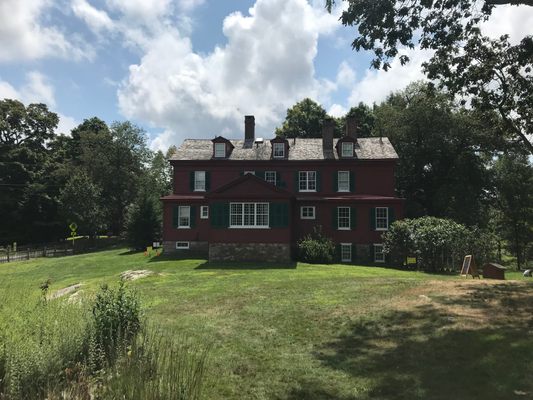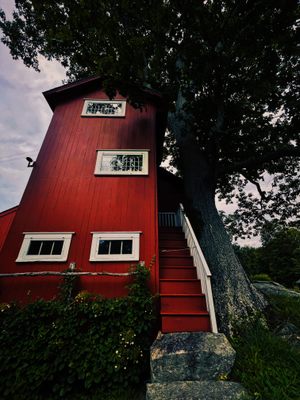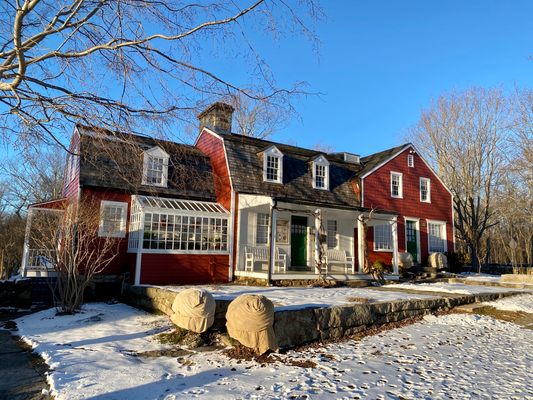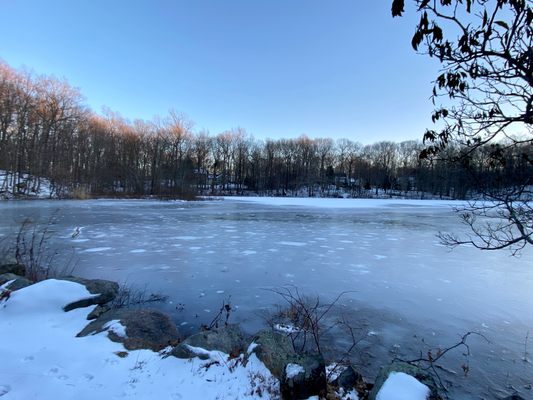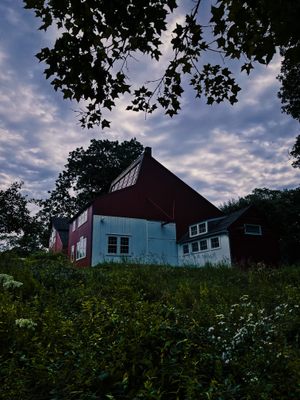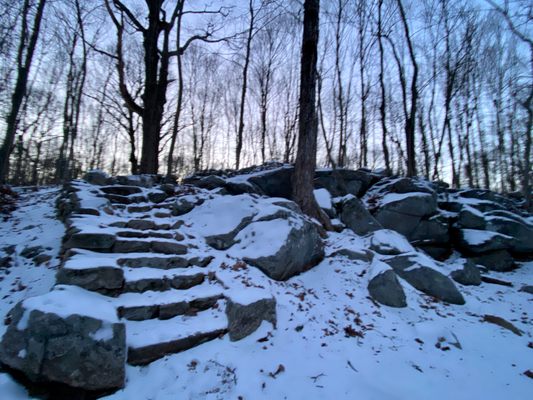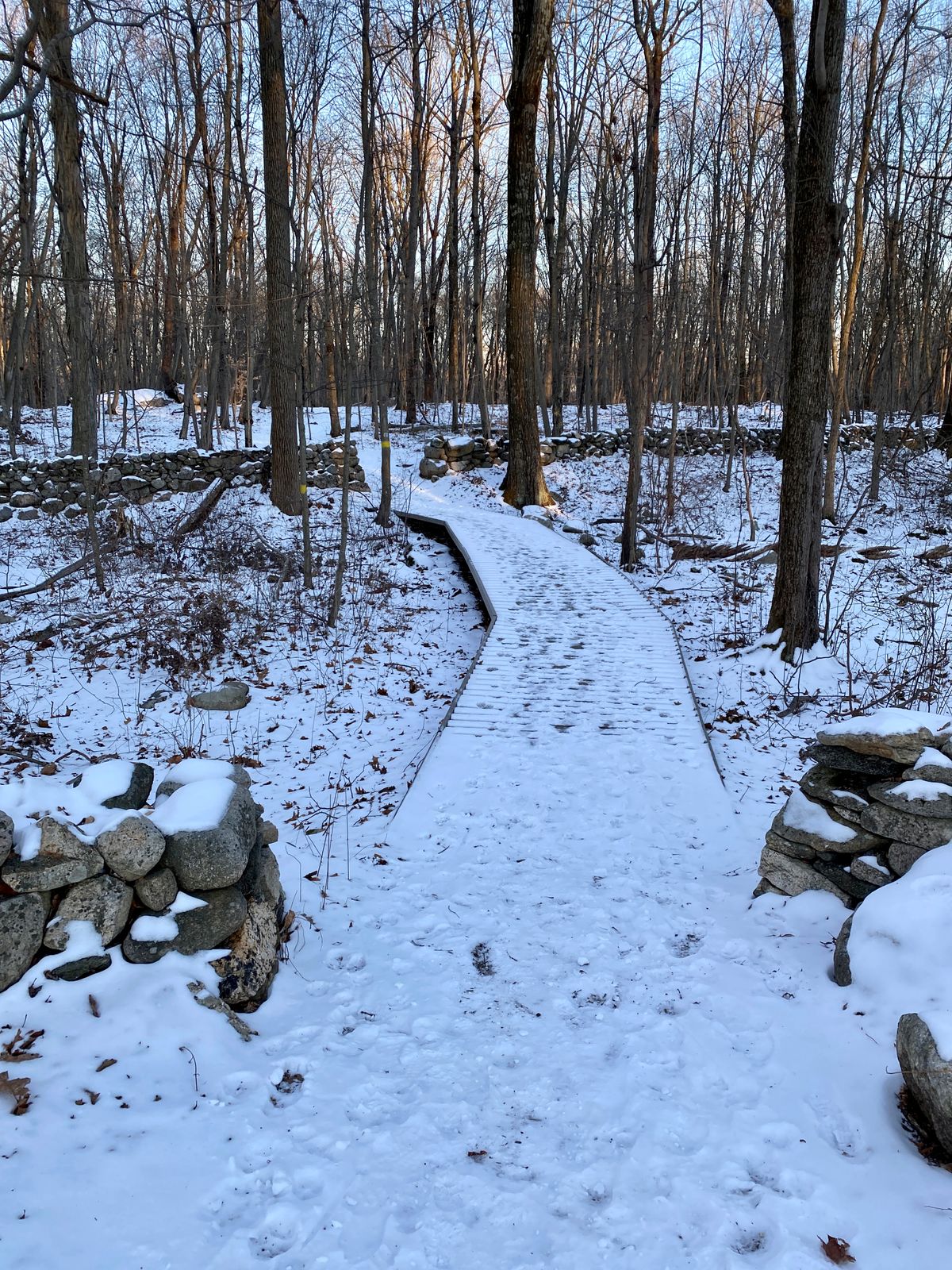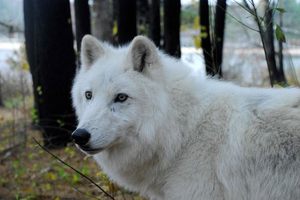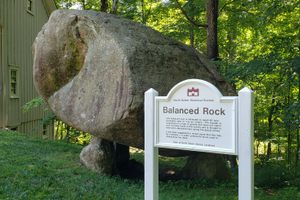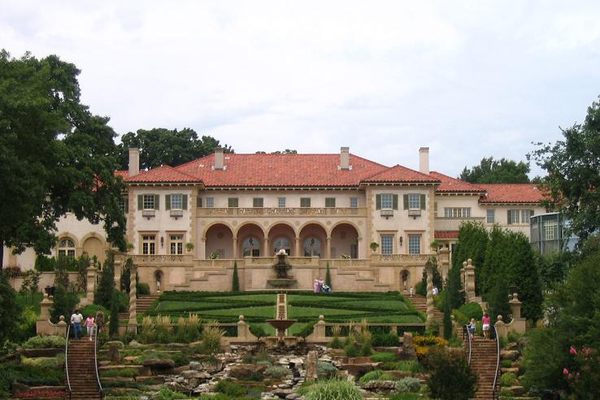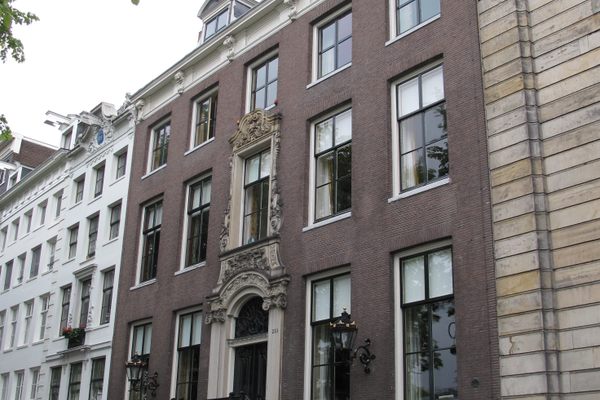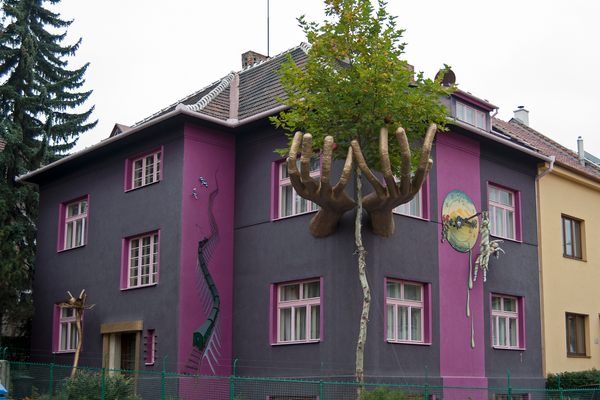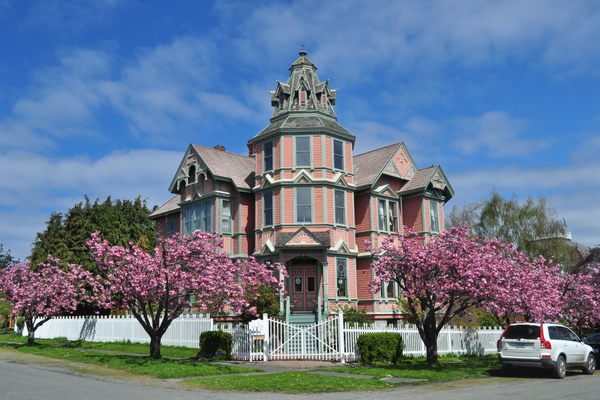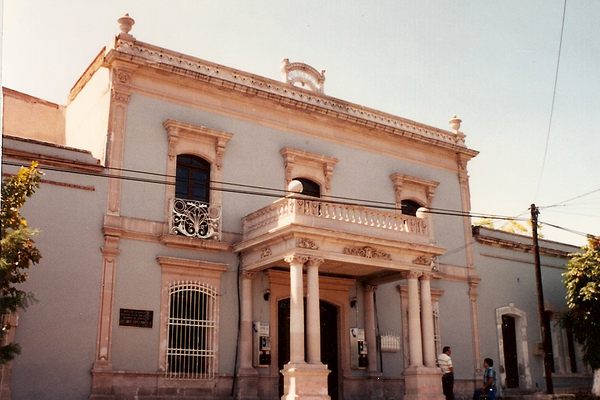About
It was June 1882 when J. Alden Weir, one of the leading American Impressionist painters, acquired a bucolic estate in the town of Wilton, Connecticut. Weir sought a retreat far from the bustle of his New York City residence, so he transformed this country home into an idyllic artist’s commune where notable American painters including Childe Hassam and John Singer Sargent came to stay.
Weir was born the 14th of 16 children in 1852. He received early artistic training from his father Robert, an art teacher at West Point Military Academy, who also instructed the illustrious American painter James Abbott McNeill Whistler.
Weir went on to study at the National Academy of Design in New York and the École des Beaux-Arts in Paris. With a proclivity for institutional art, he cultivated a realist painting practice with an initial distaste for French Impressionism. The 19th-century art movement was gaining traction in Paris at the time, and Weir likened an exhibition of Impressionist works by Renoir and Monet to a “Chamber of Horrors” in a heated letter to his father. But he eventually came around to the style that he had so vehemently mocked, and cultivated his own Impressionist aesthetic.
Upon returning to New York and establishing himself as a society painter in the city, an art collector by the name of Erwin Davis offered to trade his sprawling farm in Connecticut for just $10 and one of Weir’s paintings (the exact painting is unknown). Thus Weir acquired the estate known as Weir Farm, where the artist would live for the next three decades.
Weir Farm is comprised of a main house, a lofty studio, a garden, and a barn, situated on 60 acres of fields and woodlands complete with a large pond. Weir described the area as the "Great Good Place," and took extensive artistic inspiration from his tranquil surroundings. It was in Connecticut that Weir began to favor landscapes over portraiture, and became a leading figure of The Ten, a group of 10 American painters who popularized Impressionism in the American art scene.
Much of Weir’s art remains exhibited in the house at Weir Farm, including paintings of the estate and portraits of his wife posed in their home. Likewise, his studio remains intact with a selection of his artworks and the tools he used to create them on view. Weir Farm was designated a National Park Site in 1990—one of only two National Park Service destinations dedicated to visual art. Every year, 10 artists are selected to live and work at Weir Farm as part of an ongoing residency program.
Related Tags
Know Before You Go
Visitors are welcome to wander the park surrounding Weir Farm year-round, though the home and studio spaces are only open to the public from May 1st through October 31st, Wednesdays through Sundays 10am until 4pm. Half-hour guided tours are offered at 11am, 1pm, 2pm, and 3pm during months of operation. Tours accommodate a maximum of 12 people, who are welcomed on a first come, first serve basis. Group tours should be scheduled in advance. Weir Farm and guided tours are free to the public.
Community Contributors
Added By
Published
September 12, 2019
Sources
- https://www.nps.gov/wefa/learn/historyculture/jaldenweir.htm
- https://www.weirfarmartcenter.org/about-us.html
- https://www.nationalparks.org/explore-parks/weir-farm-national-historic-site
- https://americanart.si.edu/artist/j-alden-weir-5302
- https://en.wikipedia.org/wiki/Weir_Farm_National_Historic_Site
